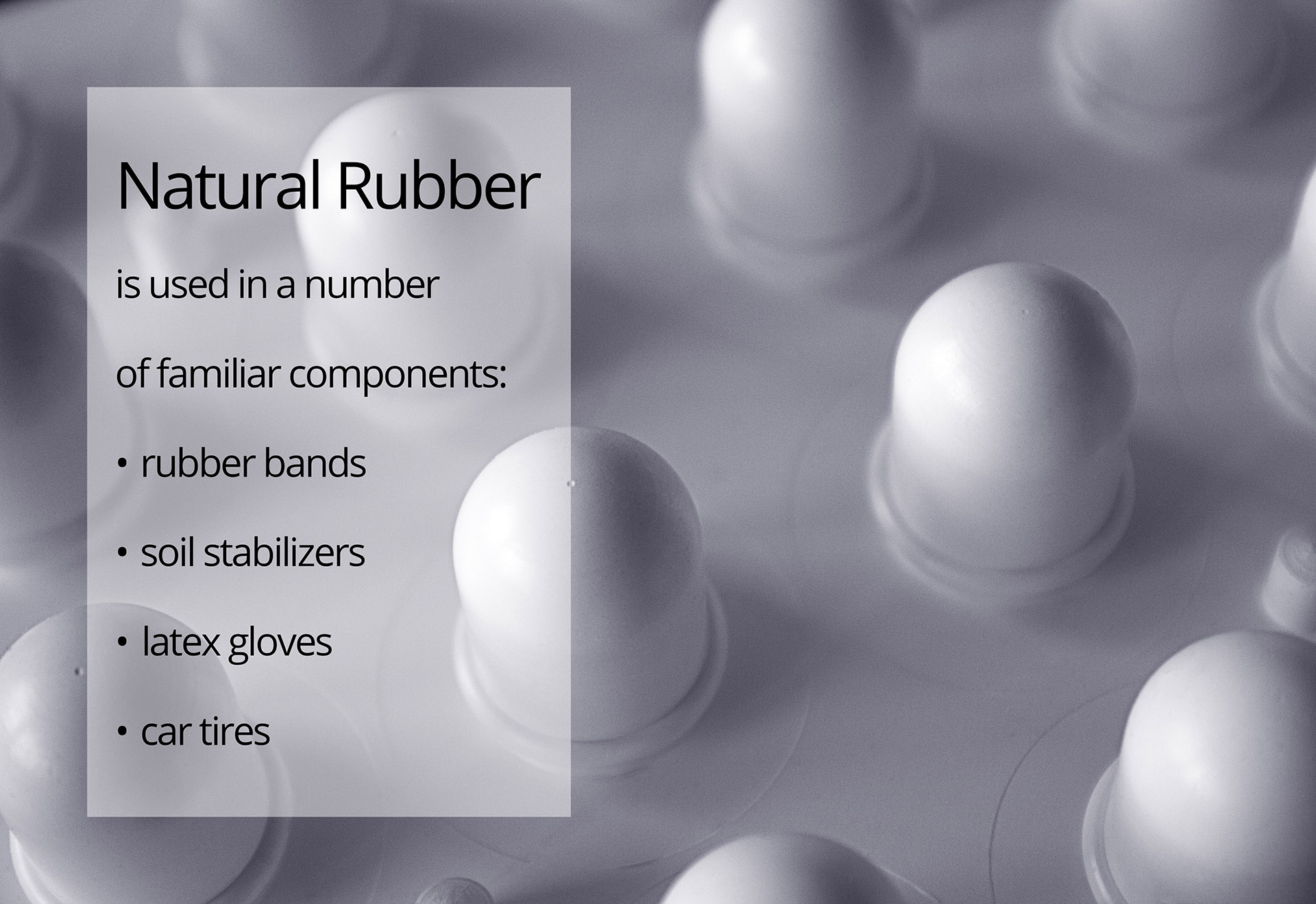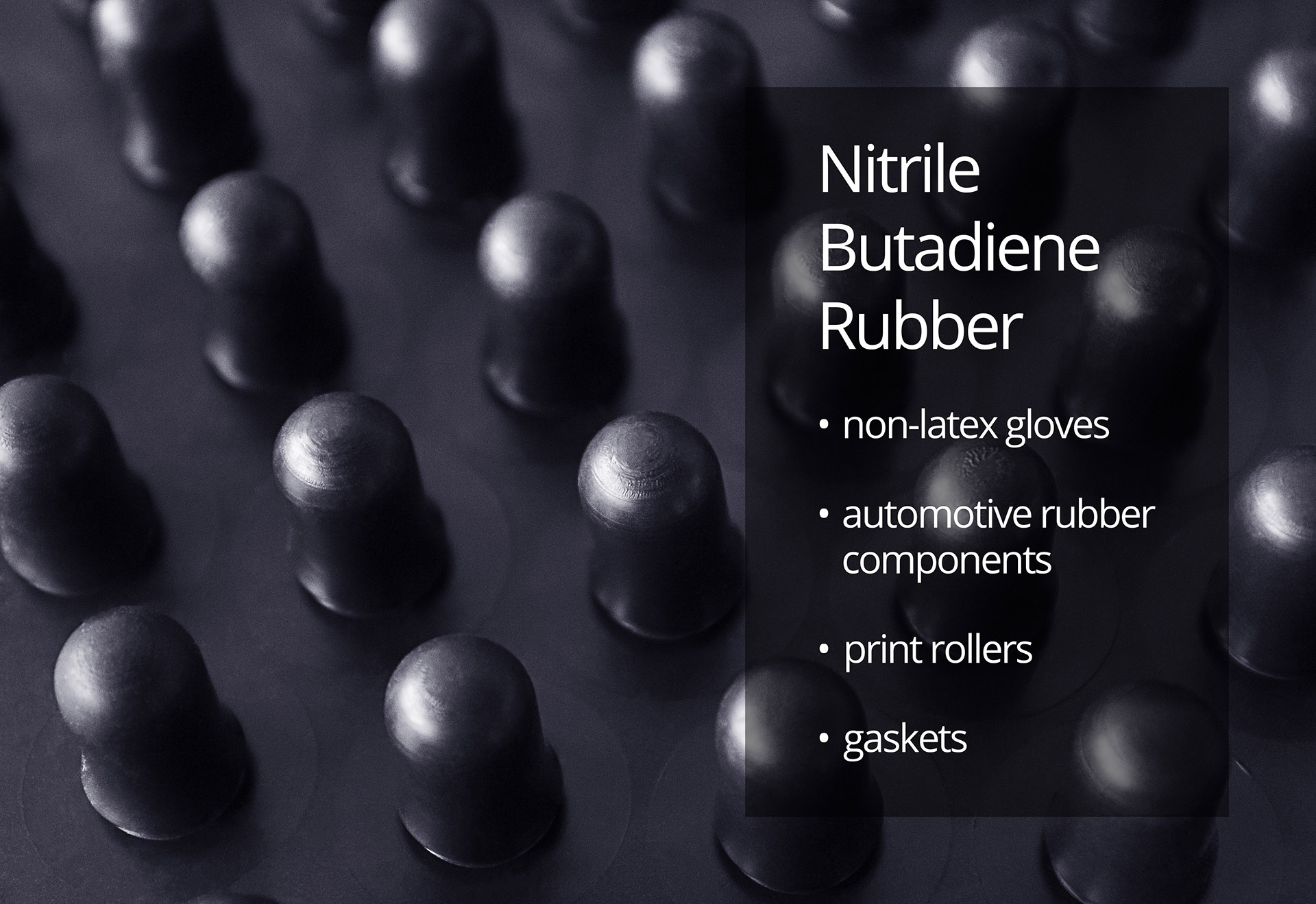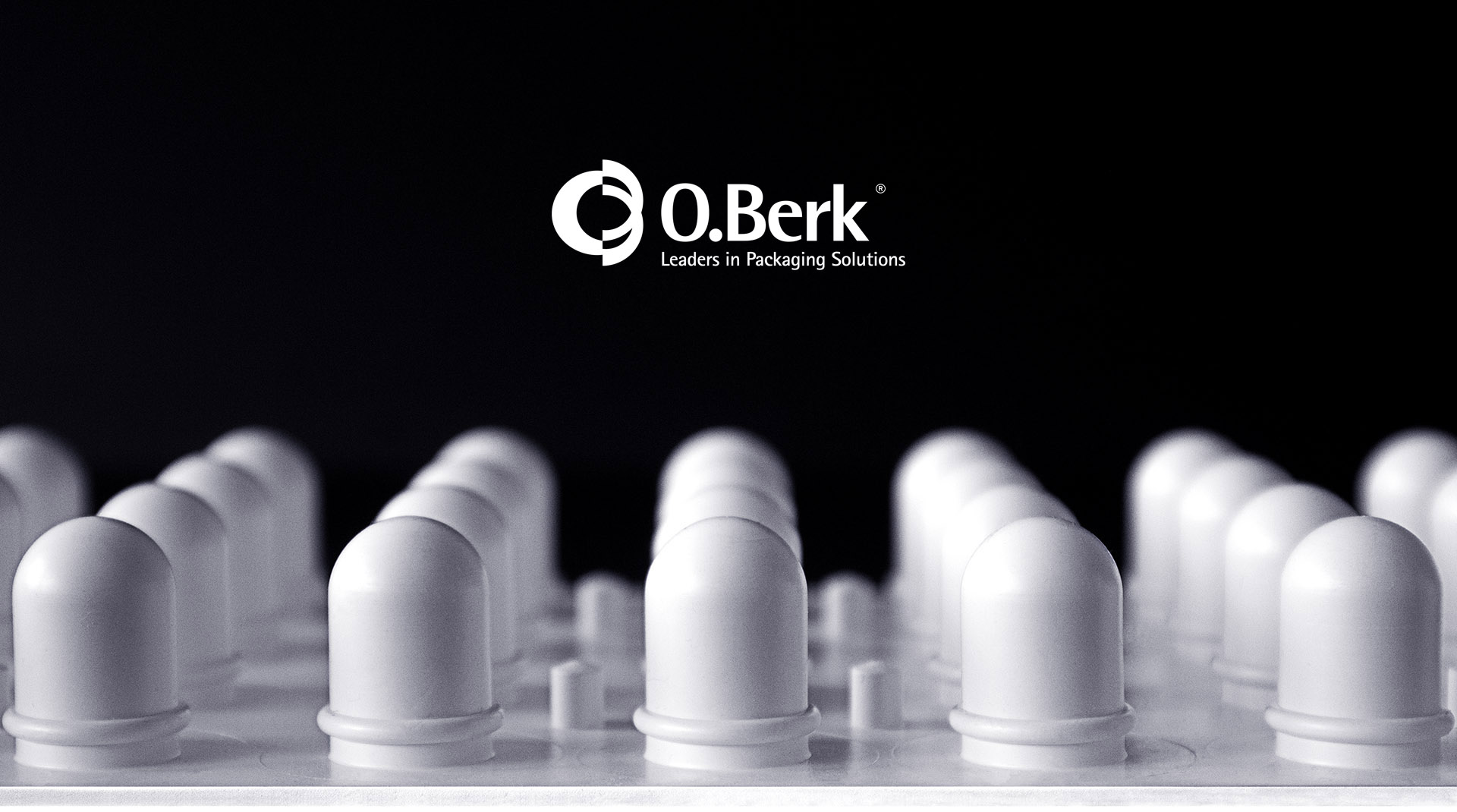There are materials that make a huge impact on our everyday lives, but little do we consider where they are from and how they are manufactured. An example of such a material given little attention to is rubber.
For the most part, we know rubber is flexible, elastic, and in packaging, it is a critical component to any dropper closure assembly. But did you know you have a choice in choosing a type of rubber bulb for your dropper assembly closure? In this Packaging Crash Course article, we will go over whether it is natural rubber (NR) or nitrile butadiene rubber (NBR) that will make up the key component in your dropper assembly.
First, we need to understand what NR is and NBR rubber are to getter a better idea of what applications are ideal for their uses in packaging.

Natural Rubber
Natural rubber is sourced from the sap of a wide variety of plants, most notably the Hevea Brasiliensis. The sticky white sap, latex, is drawn out of the plant through a spout where it drips into a container.
NR is used in a number of familiar components:
- rubber bands
- soil stabilizers
- latex gloves
- car tires
Natural rubber is more supple, capable of moving more easily, than other types of rubber. Because it is derived from a natural resource, NR is more ecologically friendly than its synthetic counterparts.
Because of the material's natural makeup, it performs poorly under certain environmental conditions and not ideal for products containing hydrocarbons such as most topical oils, creams, lotions, and solvents such as motor oil and waterproofing agents.
Most of these degradations of NR can be mitigated with the infusion of carbon-black pigment. Carbon-black is commonly used in dropper assembly bulbs to increase the physical properties of the material to strengthen and improve environmental resistance. This essentially opens the application possibilities for this material in the Personal Care & Beauty and topical oils and aromatherapy spaces.

Nitrile Butadiene Rubber
Nitrile rubber is a man-made, synthetic rubber. It is most commonly utilized in applications where a high level of oil resistance is required because of its increased durability, high resistance to solvents.
Some of the most common applications this material is found in are:
- non-latex gloves
- automotive rubber components
- print rollers
- gaskets
This material is ideal for products such as petroleum jelly, sun-tan oil, topical creams, gels, alcohol-based fragrances - most products you will find in the beauty industry.
One of the biggest drawbacks of this rubber, due to its man-made production and the material petroleum-based, it has adverse effects on the environment. On a positive note, NBR is capable of recyclability, finding its way back into the production stream.
NBR also allows us to reduce our dependency on natural rubber and, in turn, reduces the deforestation of irresponsibly managed acres of land. The growth of natural animal habitats is possible from the returned land for a positive environmental impact. Read more on how the WWF is transforming the global rubber market by clicking here.
When comparing the two rubber materials, NR and NBR, there seems to be very little difference in performance. This is particularly true when additives are included in natural rubber manufacturing to withstand some of the same products as nitrile rubber.
When it comes to selecting the type of rubber bulb you would like for your package it may come down to simply wanting a naturally derived rubber or a synthetic rubber.








































